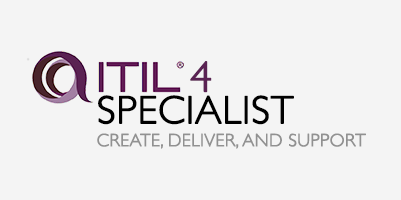Course Overview
CITM© is the second course in the EPI IT Training Framework. Also known as the IT specialist course, CITM© is a 3-day course designed to teach the competencies required of the modern IT specialist working at the senior professional, team leader, supervisor, or management level in IT management. Candidates attending this course will prove that they have gained the competencies required to provide leadership and take responsibility for team performances and development in dynamic environments.
CITM© is aligned with the latest European e-Competence (e-CF) Framework – addressing proficiency level 3 (Senior Professional/Manager/Consultant). In 2016, the e-CF became a European standard and was published officially as the European Norm EN 16234-1.
Learning Outcome
After completion of the course, the participant will be able to:
- Provide guidance and implementation for IT strategy as set by senior IT and business management
- Select and manage staff, implement training programs, career plan development, and job rotation programs
- Select, evaluate, and negotiate vendors using RFI, RFP, and selection criteria
- Guide developing, testing, and implementing business applications
- Manage and/or assist in IT project management
- Design and implement service management processes for problem and change management
- Understand the need for business continuity and design the business continuity plan
- Review and implement information security practices and controls
- Understand the need for business change, the role and activities of the Business Relationship Manager
- Initiate and assist in risk management practices
- Understand and select new technologies such as Blockchain, Big Data, and Artificial Intelligence
- Select suitable technologies for information management
- Measure and improve the quality of IT services
Target Audiance
- Implementing IT Management Collaboration (CITM) Core Technologies in Dubai offers a comprehensive learning experience tailored to IT professionals.
- Participants delve into the intricacies of IT management strategies, focusing on collaboration tools and techniques vital for modern enterprises.
- The course emphasizes hands-on learning, enabling students to grasp core technologies through practical exercises and real-world simulations.



 4.9
4.9


